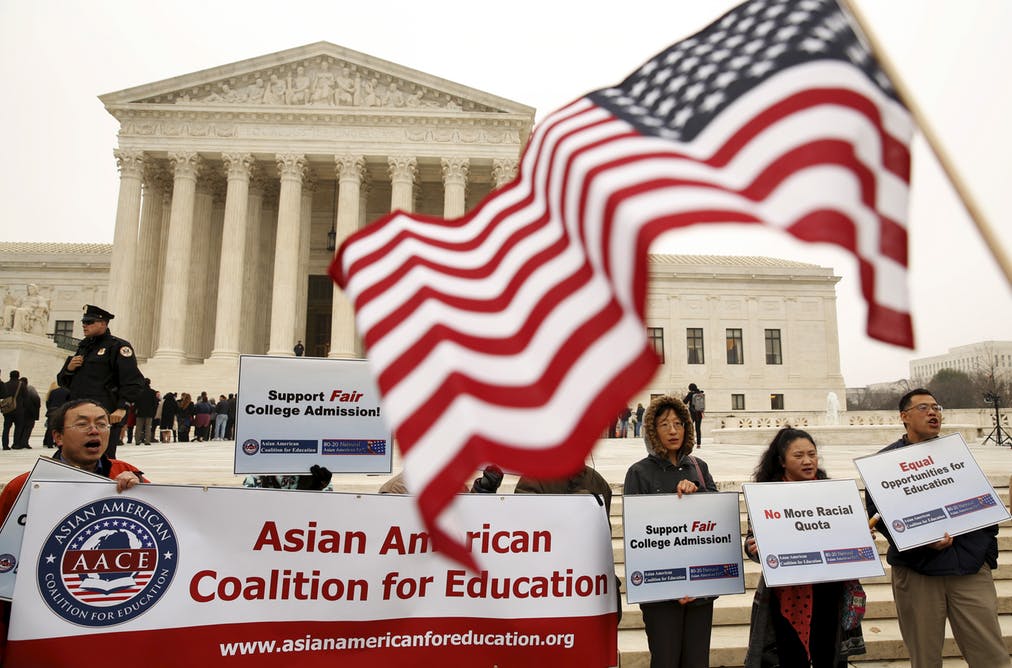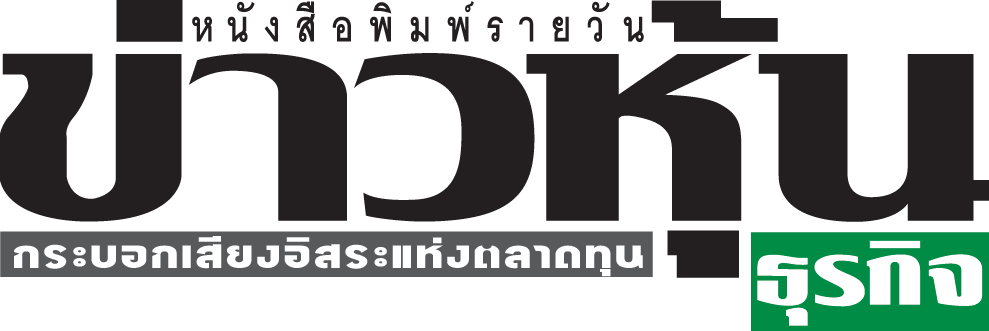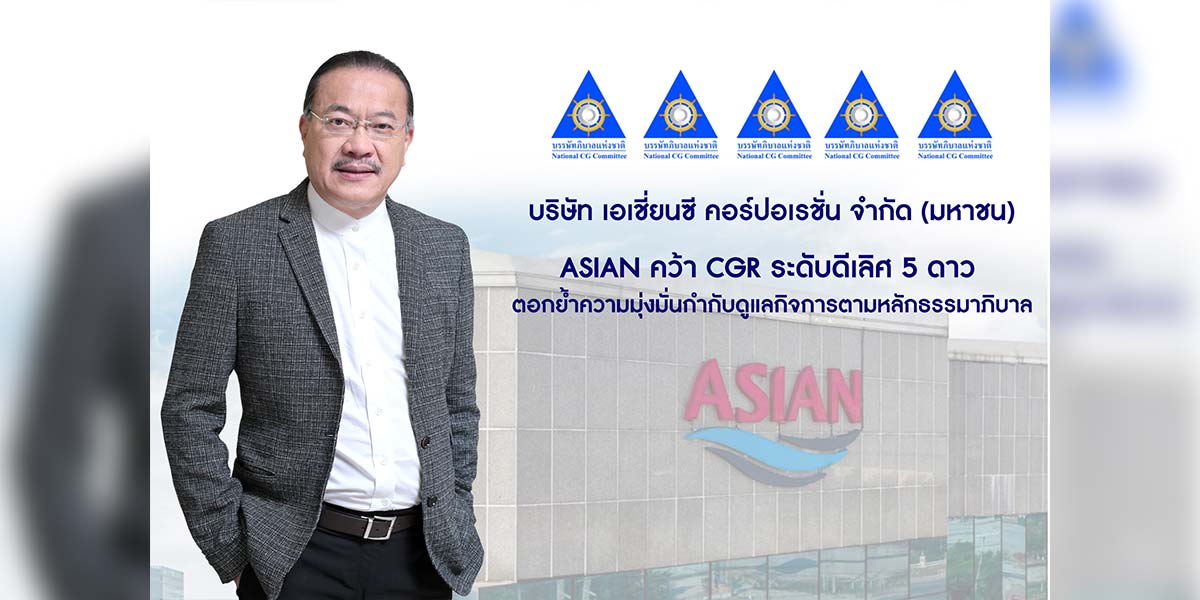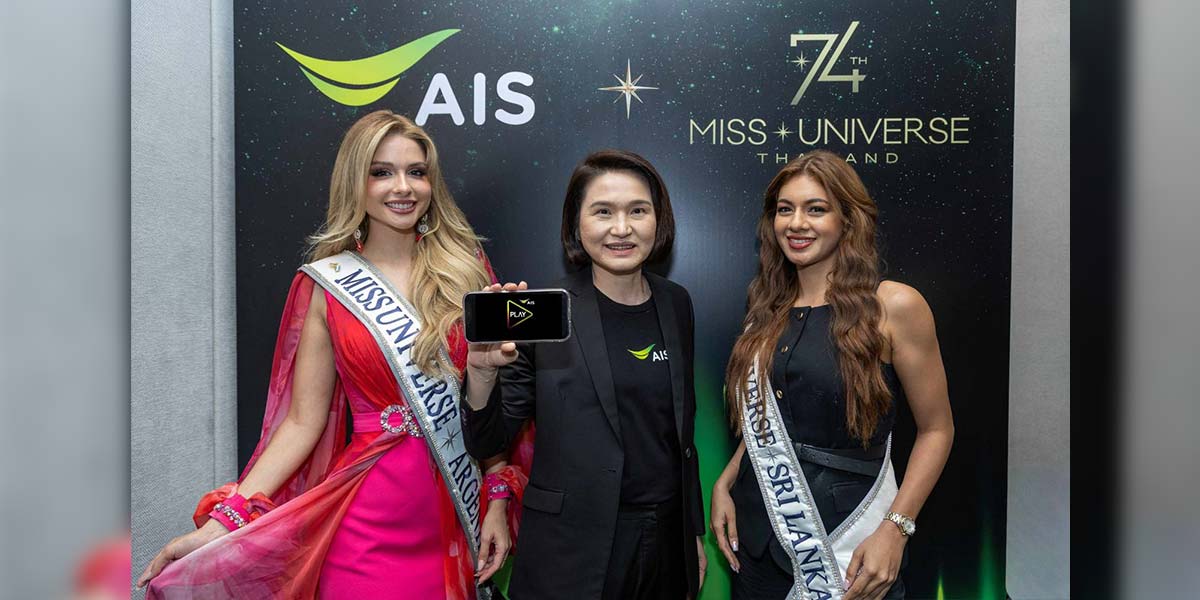
From Boston to Bangkok, All Isn’t Fair in Admissions
Is there really a difference between selective discrimination and prudent balancing? Is affirmative action fair? Will these questions ever be asked in Thailand? Why Thai’s should pay attention to Harvard’s trial on admission policy
Harvard has been undergoing trials by social media fire, but it’s on to the big roaster, now. The federal courts have accepted the Students for Fair Admissions (SFFA) claim of racial bias against Harvard University. A case that CNN suggests to be “one of the most consequential race cases in decades”, one that will challenge how the US’s affirmative action policy will be implemented.
According to the New York Post, The Ivy League school was sued in 2014 by SFFA, which claims that Asian-American students, despite higher academic scores, had the lowest admission rate among any race.
The first to testify, Harvard’s dean for admissions, William Fitzsimmons said Harvard sends recruitment letters to African-American, Native American and Hispanic high schoolers with mid-range SAT scores, around 1100 on math and verbal combined out of a possible 1600, while Asian-Americans only receive a recruitment letter if they scored at least 1350 for women, and 1380 for men.
Fitzsimmons explained a similar process for caucasian students in states that don’t have a lot of Harvard attendees, like Montana or Nevada. White students in those states would receive a recruitment letter if they had at least a 1310 on their SATs.
SFFA’s lawyer, John Hughes accuses, “that’s race discrimination, plain and simple”, but the dean defended Harvard’s position. He said the school targeted certain groups with more lenient academic criteria in order to “break the cycle” and try to convince students from the racial backgrounds that went through racial discrimination to apply to Harvard.
Statistics of admissions base on ethnicity for the class of 2022 from Harvard’s web page listed alphabetically, African American 15.2%, Asian American 22.9%, Hispanic or Latino 12.3%, Native American 1.9%, Native Hawaiian 0.4%. Presumably white or caucasian American fills in the remaining percentile of 47.3%. According to the U.S. Census bureau Asian Americans make up 5.8% of the population. Statistically, Asian Americans have the highest representation ratio based on the country’s population to Harvard student body, with the lowest being white or caucasian Americans.
Yes, it becomes very complicated when race, ethnicity, and population ratio is equated in to the selection process. Ideally, race and ethnicity shouldn’t matter. Race shouldn’t be a criteria that give advantages or cause disadvantages, but empirically it does. Race and culture still goes hand in hand. And according to Harvard’s Implicit Association Tests, we naturally discriminate between different races. But, the fact that such complicated matters is in the discourse, and in court shows the advancement of the system that is attempting to consolidate the diversity and the conflicting interests that comes with it.
The case between the Students for Fair Admissions and Harvard will likely drag on to the supreme court. Both sides have very solid claims to their positions. No matter which side ends up losing, social progress through open debate within the rule of law is winning in the US.
Discrimination is really an age old norm in Thailand, picking a college buddy that you partied with over the applicant that might be more qualified, taking the side of a fellow countrymen over a foreigner in an argument where both equally are in the wrong, choosing the life of a family member over anyone else’s. The trolley problem becomes much simpler for Thais if a friend or a family member becomes part of the equation. We feel safer with what we are familiar with, tend to favor whatever grouping we consider ourselves to be in, and instinctively choose family in matters of life and death.
However, when the imperative is winning, like choosing players for a football team that doesn’t seem to be the case. Many Thai football fans can easily notice that there have been more and more foreign players in the Thai Premier League. Top secondary schools like Bangkok Christian, Suankularb, and Assumption scout students from all over country for their school team. When it comes to winning, the age old norm of positive discrimination based on likeness, well, just becomes something old.
So, Thais do recognize the need for diversity, but when it comes to admissions to our most prestigious universities it is evident there’s a lack of it. Major universities like Chula, Mahidol, and Thammasat, are visibly dominated by students from Bangkok. There isn’t an ethnic diversity base consideration scheme for admissions at all.
Sure, we like to hold to the ideal that all Thais are Thais, but the linguistic difference of the North, Northeast, and South of Thailand is clear, and the dominance of Bangkok’s accent of Thai is clearer. Successful movies, comics, music, TV variety shows, and especially TV soap opera dramas, with exception to speaking in old dialects of the bygone eras of the good old ancient times where even slaves were happy. Few to almost none of the people born in Bangkok can speak Esan unless their nanny spoke it to them, and more often at the risk of getting reprimand by the mother. But, every educated Thai from any region is expected to be able to listen and speak middle Thai.
Every student in the education system is expected to be able to listen, read and write in Thai that is defined by the Bangkok dialect, as well. Though, the academic Thai is different from normal spoken middle Thai, but it grew primarily from it without incorporating any of the dialects of Thai from other regions.
At the very least diversity has intrinsic values as cultural wealth. Moreover, cherishing and respecting diversity is essential to preventing political conflict. The decade long rift in Thai politics between the yellow-shirt and red-shirt saw a clash of predominantly regional coalitions clashing with one another.
Ethnic discrimination in Thailand is very different from the US, it is much more subtle, and implicit. It is an endowment from the feudalistic state formation of our past where the peripheral regions were dominated rather than supported. And the dragon in the house gets bigger and bigger when it keeps getting denied that it exists until it eventually breaks the house. Biases in Thai society exists, so does preferential treatment, and they all offsprings of the Patronage System.
The fact is when we choose we discriminate. But what we choose to be discriminant for makes a world of difference. Do we discriminate to pick the best, and to provide opportunities for the oppressed to become better? Or do we discriminate based on fear of losing position, and for personal gains from the evermore limited resources we could exploit.
In developed societies, where you went to university eventually becomes important only to the mediocre, low to mid level neo-liberal teamsters, and those living in the past positive time zone. But in Thailand, it dictates the level in the civil servant hierarchy you can achieve, the probability in getting into the most profitable companies, it can set you towards a prosperous life or denies you the chance from even getting to try. Of course, all doors are open if you graduated from the same military cadet classes that accomplishes a coup.


